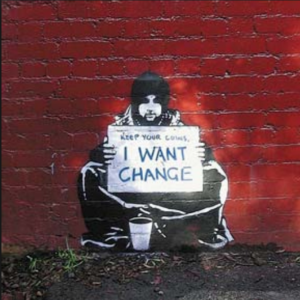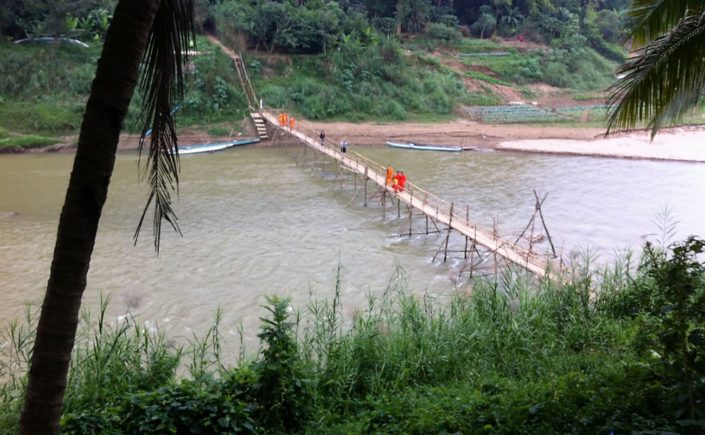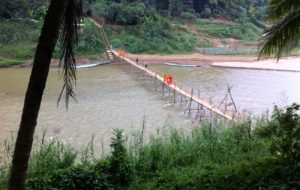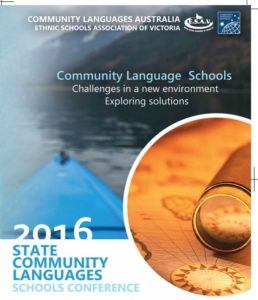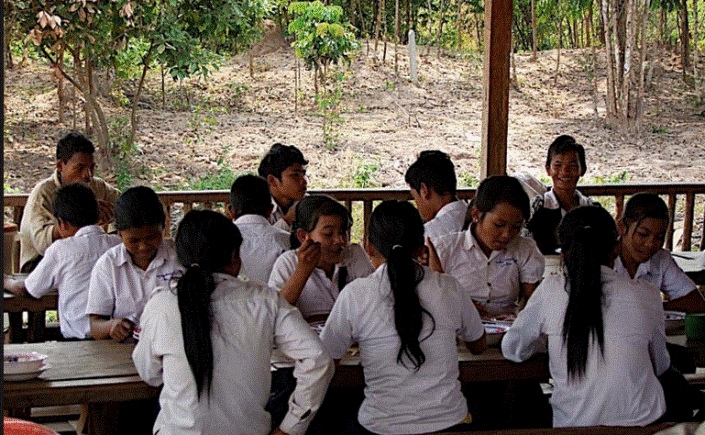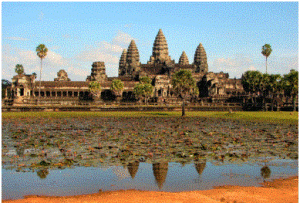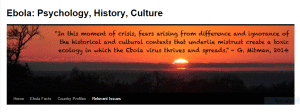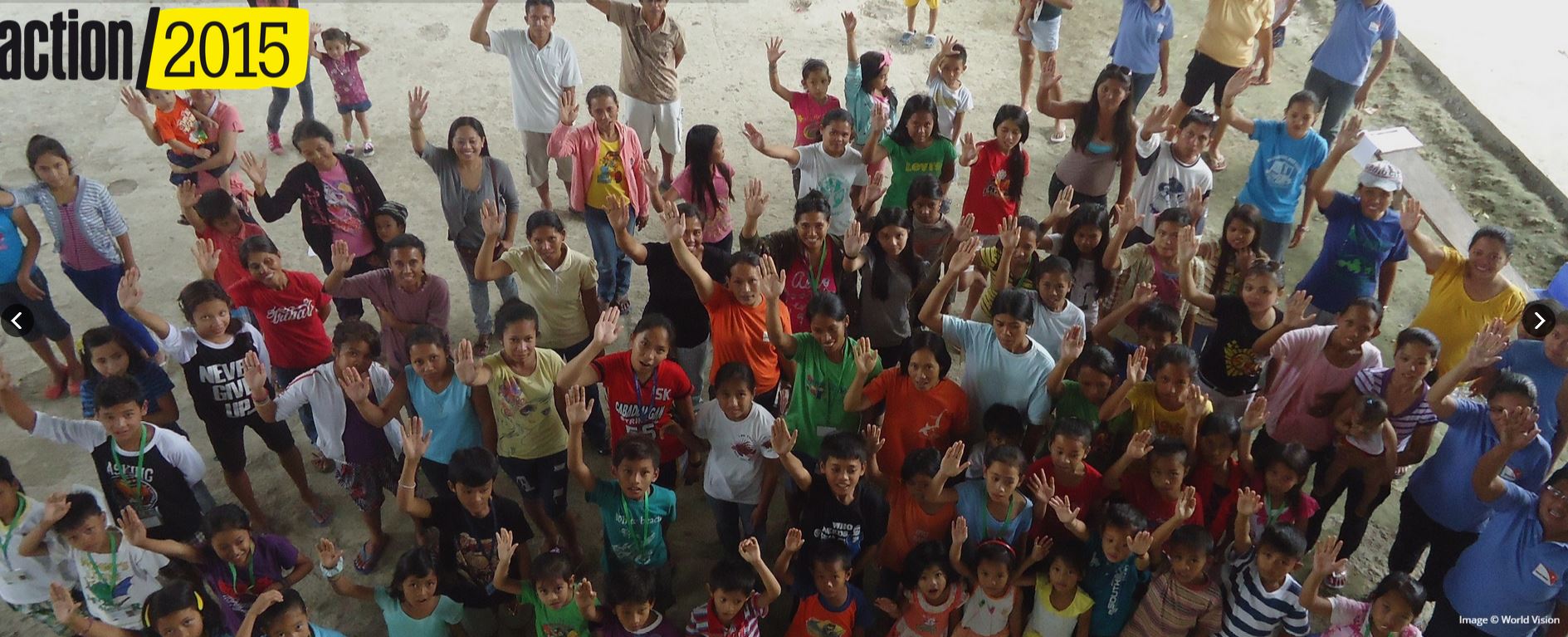Resistance art is a form of art that emerged in South Africa in the mid-1970s after the Soweto uprising that focused on resisting apartheid and celebrating African strength and unity. Today Protest or Resistance art has become a broad term that refers to creative works that concern or are produced by activists and social movements. It is a form of non violent, creative expression used against many issues. There are also contemporary and historical works and currents of thought that can be characterized in this way.
Visual arts develop critical and creative thinking, can be used as social and cultural practice, can communicate ideas and for the expression of views and beliefs. (Victorian Curriculum)
Learners and educators can join in an exploration at Resistance Art: a UNESCO Human Rights Exploration
Have your classroom celebrate International Day of Human Rights through a series of stimulating and interactive activities. This video-conference will explore how the visual arts can be used as a tool to bring awareness to social issues, conflicts and oppression.
This conference will be focusing on SDG #16: Promote peaceful and inclusive societies for sustainable development, provide access to justice for all and build effective, accountable and inclusive institutions at all levels

